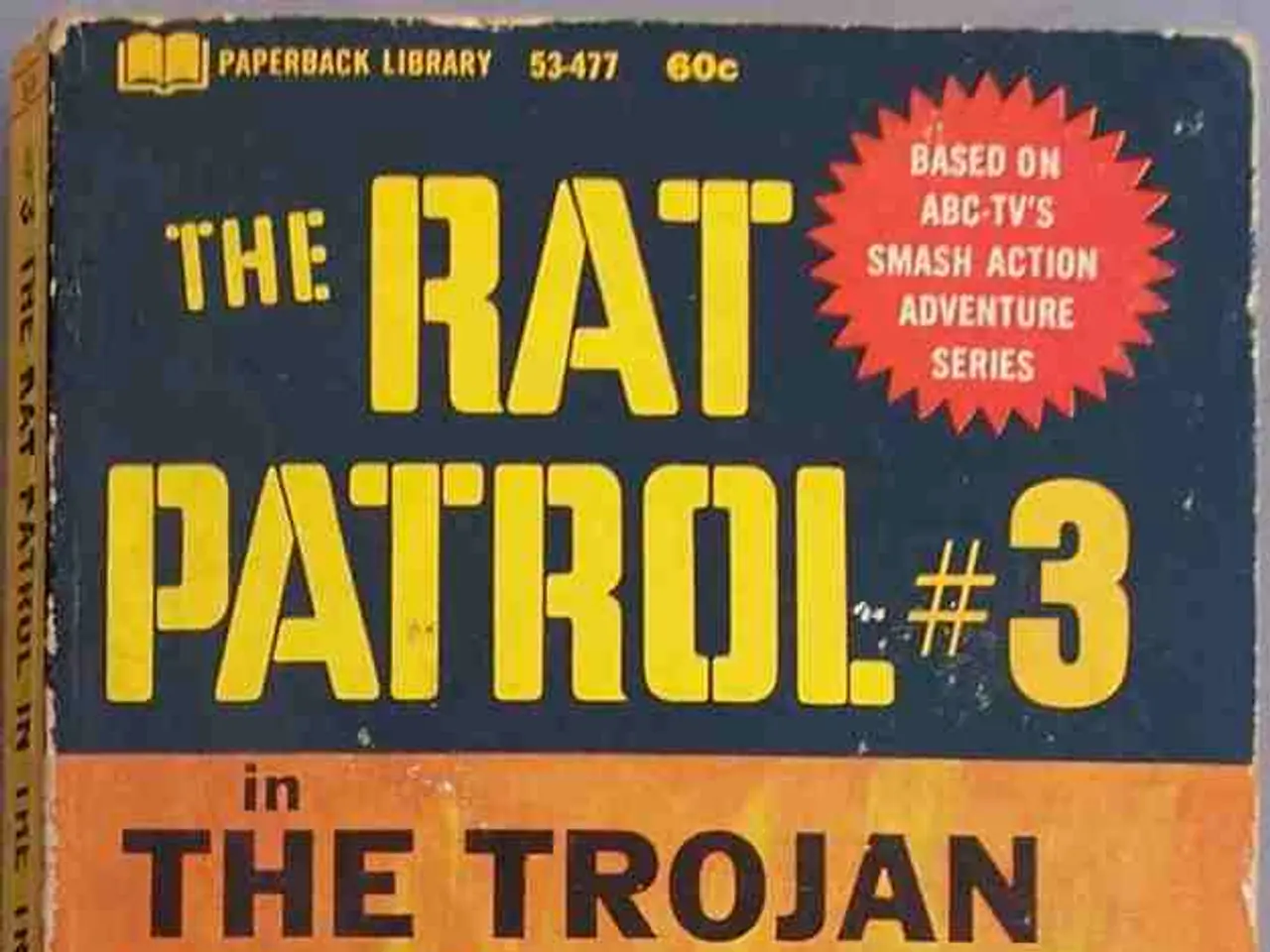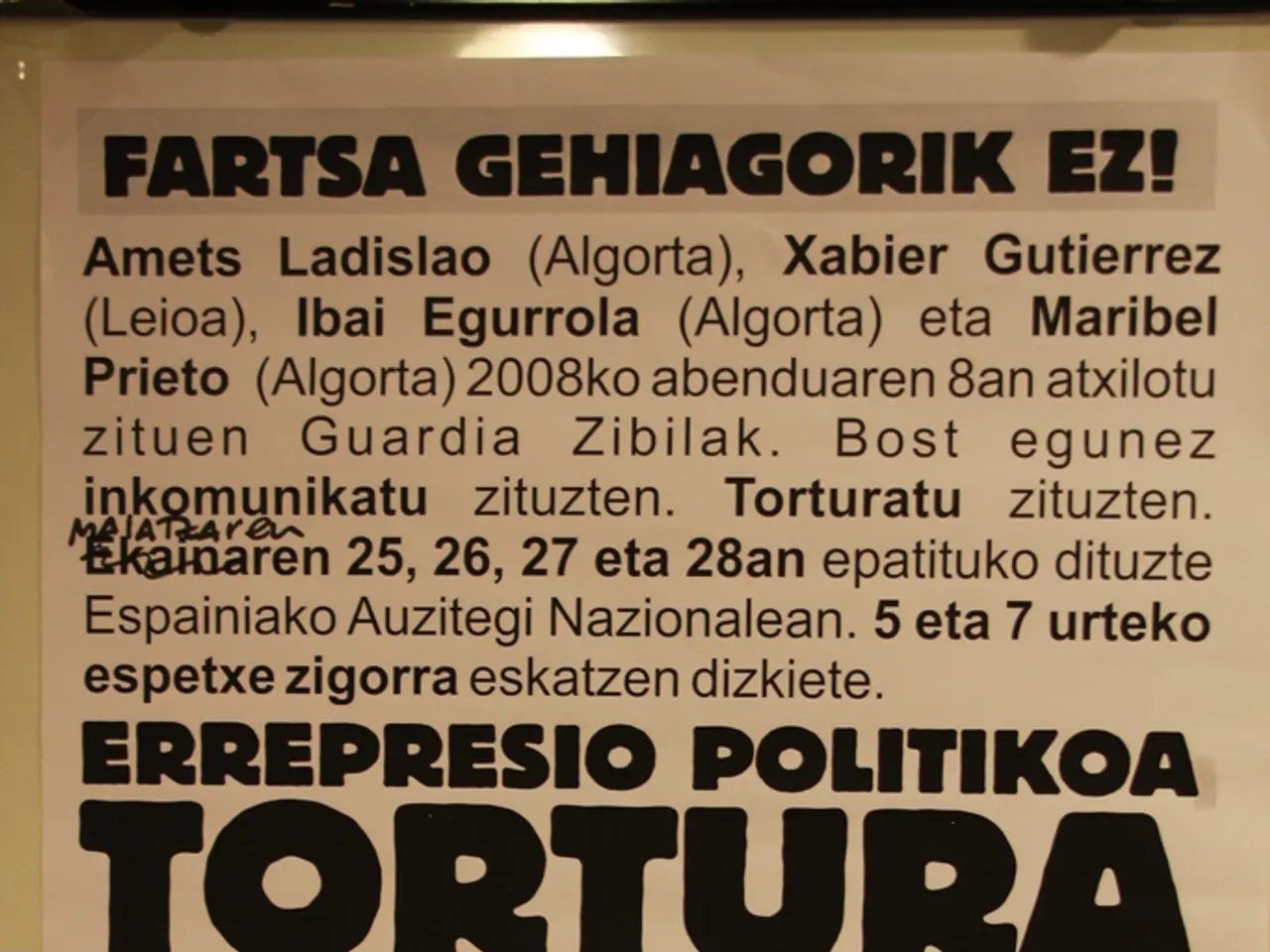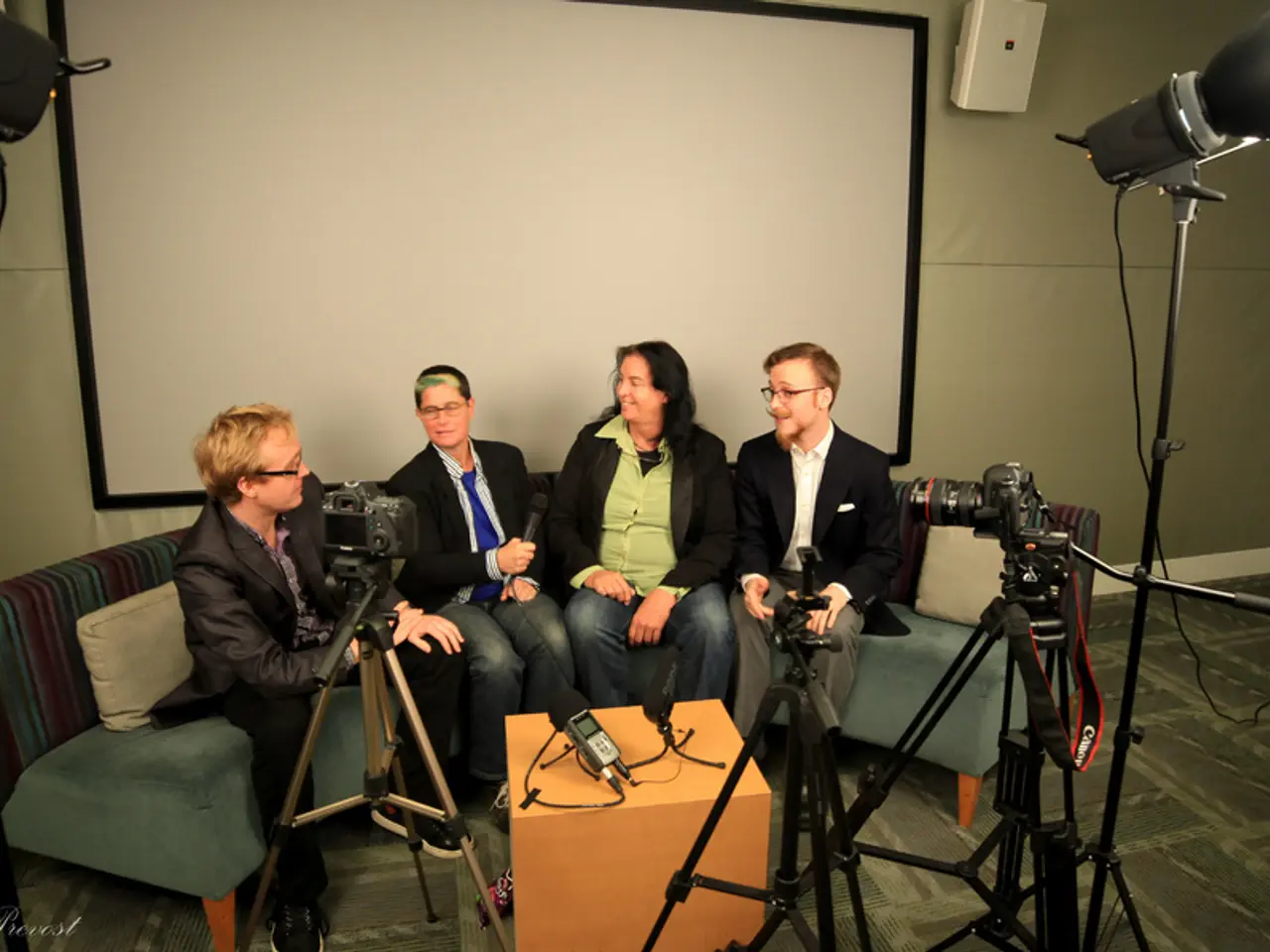Army General Edwin "Forrest" Harding Detailed Profile: Major General Harding in Army Author's Spotlight
Major General Edwin "Forrest" Harding, a distinguished figure in the U.S. Army, made significant strides during the interwar period, particularly in the realm of infantry doctrine development. Born and raised in Franklin, Ohio, Harding's career saw him ascend through the ranks, serving in infantry assignments, teaching at West Point, and attending prestigious military schools such as the Infantry School, the Command and General Staff School, and the Army War College.
Harding's influence extended to the publication sector, where he was entrusted with revitalizing the Infantry Journal by Major General Edward Croft, the chief of infantry. Under his leadership, the Infantry Journal underwent a transformation, becoming a highly sought-after resource for military professionals. Subscriptions soared to nearly ten thousand within just four years under his stewardship.
Harding's editorial work culminated in the publication of Infantry in Battle, a textbook that codified infantry tactics and served as an authoritative doctrinal work for the Army. This effort was part of the broader modernization and doctrinal development of the U.S. Army between World Wars I and II.
During World War II, Harding was the commander of the 32nd Infantry Division during the Battle of Buna, which took place in Papua New Guinea against Imperial Japanese occupation. The battle was a critical node for air attacks in the Papua New Guinea campaign. However, logistical challenges prevented the division's howitzers, mortars, and engineers from accompanying the infantry regiments, making the battle particularly challenging.
The Battle of Buna was marked by hardships, including Japanese fire, long marches through swamps, poor supply, and the outbreak of malaria, which claimed the lives of 8,659 of the 14,646 troops in the area following the battle. Harding and his comrades faced additional adversity when Japanese Zeros struck their ship as they approached Port Moresby during the battle, forcing them to swim to shore.
Despite these challenges, the battle was a critical learning experience for the U.S. Army. Lt. General Robert L. Eichelberger, a West Point classmate of Harding, relieved him as commander of the 32nd Infantry Division during the Battle of Buna. Some scholars have debated Harding's relief, with some contending that Eichelberger won because he received the reinforcements and armor that Harding requested, while others conclude that Harding and his officers seemed to lack aggressiveness.
Regardless of the debates surrounding his combat record, Harding's work on the Mailing List and Infantry in Battle helped soldiers understand infantry combat and identify continuities and changes in the conduct of warfare. As a mentor and teacher, Harding also played a crucial role in shaping the careers of future military leaders, including George C. Marshall and Omar Bradley.
In summary, Edwin "Forrest" Harding's key contribution during the interwar period was his leadership in refining and disseminating infantry tactics through doctrinal publications that influenced Army training and doctrine leading up to World War II. His work on the Mailing List and Infantry in Battle continues to be relevant today, providing valuable insights into infantry combat and the evolution of military doctrine.
[1] Goldstein, Jon, and Robert D. Kaplan. "Victory by Design: The Evolution of the Modern American Way of War." Yale University Press, 2006. [3] Marshall, George C. "Memoirs: Years of War and Peace, 1945-1959." Knopf, 1967.
- Major General Edwin "Forrest" Harding's influence extended beyond the battlefield, as he demonstrated leadership in revitalizing the Infantry Journal, a highly sought-after resource for military professionals in the realm of finance, with subscriptions soaring to nearly ten thousand within four years under his stewardship.
- During the Battle of Buna, Harding displayed leadership in the field as well, despite the warfare's challenges like Japanese fire, marches through swamps, and malaria outbreaks, though his relief as commander of the 32nd Infantry Division during the battle remains a subject of debate.
- In the business world, Harding's mentorship impacted future military leaders, including George C. Marshall and Omar Bradley, who would go on to shape military education and the conduct of warfare.
- Harding's contributions during the interwar period can still be seen today, as his work on the Infantry in Battle textbook continues to provide valuable insights into infantry combat and the evolution of military doctrine, influencing both defense strategies and military education.




